
What is it?
Pop art originated in the 1950's and popularizing around the 60's. Pop art was a result of the idea that traditional art lacked representation of how the real world really is. Some artists began to create art showcasing very simple everyday items as a sort of counter-art, taking inspiration from the styles of comic books. Some defining characteristics of pop art include bright colors, halftones, recognizable imagery, themes such as "the american dream", and in some famous examples, repeating recolored images. Pop art changed people's perspective on art, previously defined as an upper-class practice with rules and regulations, pop art reinvented what art truly is and allowed creative freedom to thrive.
notable characters
Andy Warhol
Known as the father of pop art, He was one of the first artists to kick off the movement with his famous paintings such as the Campbells tomato soup cans and silk screen prints of Marilyn Monroe made in 1962. He saw the art in everyday, disposable products and brought light to them through his simple but effective works.
Richard Hamilton
ANOTHER important figure in the movement and part of the extremely influential independent group. He showcased his collage Just What Is It That Makes Today’s Homes So Different, So Appealing? At the “This Is Tomorrow” Exhibition in 1956. He made this work to illustrate the influences that shaped post-war Britain, depicting household objects and means of communication in one big collage. This work is noted as one of the first influences of the pop art movement. He defined pop art as popular, transient and expendable. That all art is equal and there was no hierarchy of value.
Keith Haring
Brought recognition to street art with his works which he would create on blank subway advertising boards. Even creating up to 40 works a day. His most notable being Radiant Baby which he described as representing youthful innocence, purity, and goodness. Contributing to the pop art movement his art was simple but bold and made a statement.
Gallery
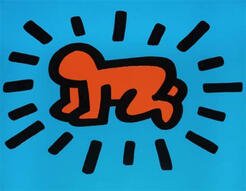
Radiant Baby by Keith Haring (1982)
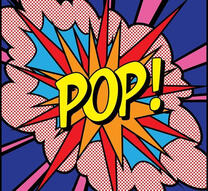
Pop by Roy Lichtenstein (1960s)
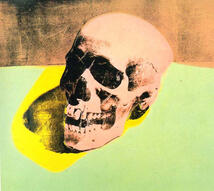
Skulls by Andy Warhol (1976)
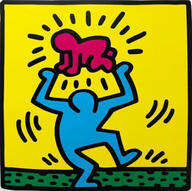
Man Holding Radiant Baby by Keith Haring (1980s)
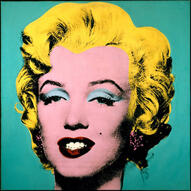
Marilyn Diptych by andy warhol (1962)
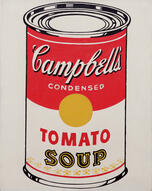
Campbells soup cans by andy warhol (1962)
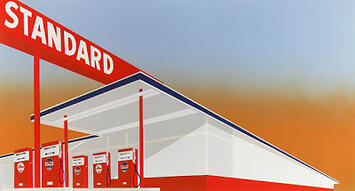
Standard Station by Edward Ruscha (1966)
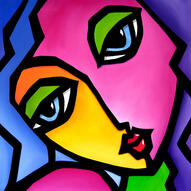
Once Again by Tom Fedro (2012)
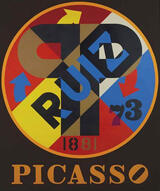
Picasso By Robert Indiana (1998)
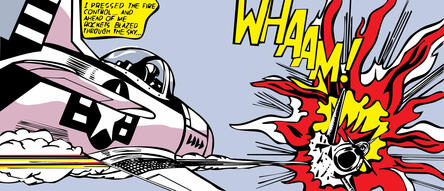
Whaam by roy lichtenstein (1963)
What We Learned
Pop art has many features that make it distinct but isn't stuck as any specific style. It has seen to include other styles such as comic strip and art deco. What really made the movement unique was the inclusion of popular culture and products with the creative freedom of presenting your ideas creatively.
videos & articles
What is popart (video)